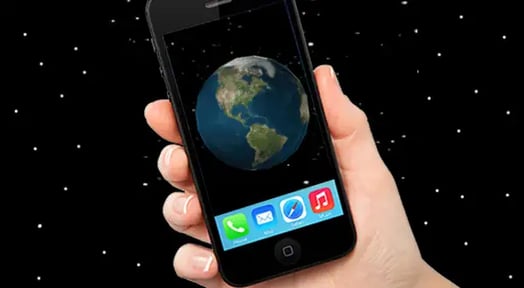In recent months, iPhones have gotten flak for causing exploitation of the teenage workers who build them and crippling screen addiction for the people who buy them.

But, according to a new theory highlighted by MIT economist Andrew McAfee in Wired, the iPhone may have also done the world a big favor.
In the last several years, fewer plastics and natural resources have been used for manufacturing, and energy consumption in the US has remained flat — and iPhones may be responsible.
Think back to Radio Shack
On the surface, iPhones seem like a glowing Greenpeace nightmare.
The 2B iPhones sold since 2007 have required resources like cobalt, metal and plastic, and the digital economy facilitated by iPhones accounts for an estimated 10% of the world’s electricity consumption.
But this research suggests much more of the world’s resources would have been used if we were still living in the Radio Shack era. The great majority of the appliances and gizmos the world once bought — cameras, calculators, etc. — are now readily available on a smartphone.
People are still taking pictures and videos and crunching mathematical equations. They are just doing it in a way that doesn’t require as many resources to be used on extra items.
A second Enlightenment
McAfee believes Apple’s iPhone, along with other technologies, are leading us toward a healthier relationship with the world: “a second Enlightenment — a physical one this time, rather than an intellectual one.”
And if all this isn’t convincing, a tip for environmentally conscious smartphone users: Just wait longer to buy a new iPhone.
The production process for each new phone requires as much energy as it does to use a current iPhone for a decade.

